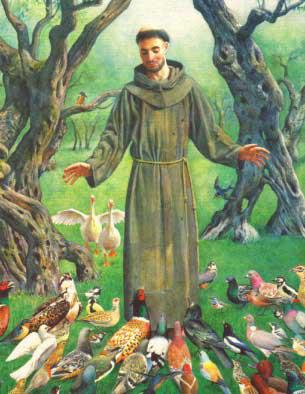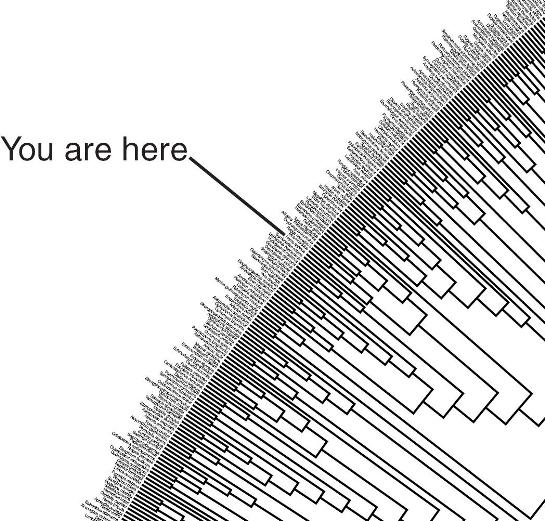File:In the smallest creatures god.png: Difference between revisions
Jump to navigation
Jump to search
Siterunner (talk | contribs) No edit summary |
Siterunner (talk | contribs) No edit summary |
||
| (18 intermediate revisions by the same user not shown) | |||
| Line 1: | Line 1: | ||
* http://www.greenpolicy360.net/w/PlanetCitizen | |||
* http://www.greenpolicy360.net/w/EarthPOV | |||
http://www.greenpolicy360.net/w/Tree_of_Life | * http://www.greenpolicy360.net/w/Tree_of_Life | ||
A tip of the hat to [http://www.greenpolicy360.net/w/Pope_Francis_on_the_Environment '''the first Catholic pope'''] to choose to name himself after St. Francis, the Catholic patron saint of environmental protection and to [http://www.greenpolicy360.net/w/Laudato_Si '''Laudato Si'''], the first 'eco-encyclical'. | |||
: [[File:St Francis with the birds.jpg]] | |||
Offered in 2015, the Catholic Church sets forth an encompassing vision of green values, practice and action. | |||
:<u>'''[[Integral Ecology]]'''</u> | |||
< | :<u>'''[[Rights of Nature EarthLaw]]'''</u> | ||
[[File:You are here on the cladogenetic tree m.jpg]] | |||
~ | |||
[[Category:Atmospheric Science]] | |||
[[Category:Biodiversity]] | [[Category:Biodiversity]] | ||
[[Category:Biosphere]] | |||
[[Category:Earth Science]] | |||
[[Category:Earth360]] | |||
[[Category:Eco-Spirituality]] | [[Category:Eco-Spirituality]] | ||
[[Category:Green Graphics]] | [[Category:Green Graphics]] | ||
[[Category:Microbiology]] | |||
[[Category:Oceans]] | |||
[[Category:Ocean Science]] | |||
[[Category:Planet Citizen]] | |||
[[Category:Planet Citizens, Planet Scientists]] | |||
[[Category:Whole Earth]] | |||
[[Category:Wildlife]] | [[Category:Wildlife]] | ||
Latest revision as of 15:32, 10 February 2020
A tip of the hat to the first Catholic pope to choose to name himself after St. Francis, the Catholic patron saint of environmental protection and to Laudato Si, the first 'eco-encyclical'.
Offered in 2015, the Catholic Church sets forth an encompassing vision of green values, practice and action.
~
File history
Click on a date/time to view the file as it appeared at that time.
| Date/Time | Thumbnail | Dimensions | User | Comment | |
|---|---|---|---|---|---|
| current | 15:44, 26 September 2015 | 748 × 149 (232 KB) | Siterunner (talk | contribs) |
You cannot overwrite this file.
File usage
The following 6 pages use this file:

